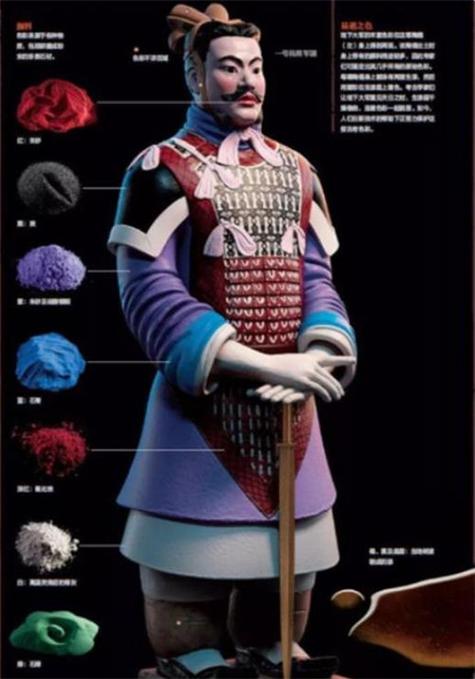
Are the Terracotta Warriors Solid or Hollow?
The Terracotta Army, an awe-inspiring collection of life-sized clay soldiers, stands as a testament to the might and ambition of China's First Emperor, Qin Shi Huang. Unearthed in 1974 near Xi'an, China, these figures have captivated the world with their intricate details and sheer scale. But a question that often arises is: Are these imposing warriors solid or hollow?
The Weight and Height of a Warrior
Each warrior is a marvel of ancient craftsmanship, standing at an impressive 6 feet (1.8 meters) tall. Considering their life-size proportions, one might assume these figures to be incredibly heavy. And indeed they are, with each warrior weighing a substantial 300 to 400 pounds (160 kilograms).
Solid Base, Hollow Core
While the warriors’ weight speaks to the significant volume of materials used, their construction reveals a clever balance between sturdiness and practicality. The legs and feet of each warrior are solid, providing a sturdy foundation for the figure to stand upright for centuries.
However, the torso, arms, and head are crafted to be hollow. This ingenious design element served multiple purposes:
- Reduced Weight: A solid figure of such size would be incredibly heavy and difficult to fire in a kiln without collapsing. Hollowing out the upper body significantly reduced the overall weight, making production and firing more manageable.
- Conservation of Resources: Building a solid figure would have required a far greater amount of clay, a precious resource. The hollow design allowed for efficient material usage, making the mass production of thousands of warriors feasible.
- Prevention of Cracking: During the firing process, trapped air and moisture within a solid figure could expand and cause cracking. The hollow design allowed for better heat and moisture dissipation, reducing the risk of damage during firing.
A Testament to Ancient Ingenuity
The fact that the Terracotta Warriors were crafted with a hollow design speaks volumes about the ingenuity and skill of the ancient Chinese artisans. They managed to create incredibly lifelike and imposing figures while also being mindful of practicality and resource management. This clever design has ensured the survival of these remarkable figures for over two millennia, allowing us to marvel at their splendor today.
FAQs
Q1: Why were the Terracotta Warriors buried with the Emperor? A1: The Terracotta Army was meant to serve as Qin Shi Huang's guardians in the afterlife, protecting him and ensuring his continued rule in the next world.
Q2: How many Terracotta Warriors are there? A2: It is estimated that over 8,000 life-size terracotta figures, including warriors, chariots, and horses, are buried within the three pits at the Emperor's mausoleum complex.
Q3: Were the Terracotta Warriors originally painted? A3: Yes, the warriors were originally painted in vibrant colors, but much of the paint has faded or flaked off over the centuries due to exposure to air and moisture.